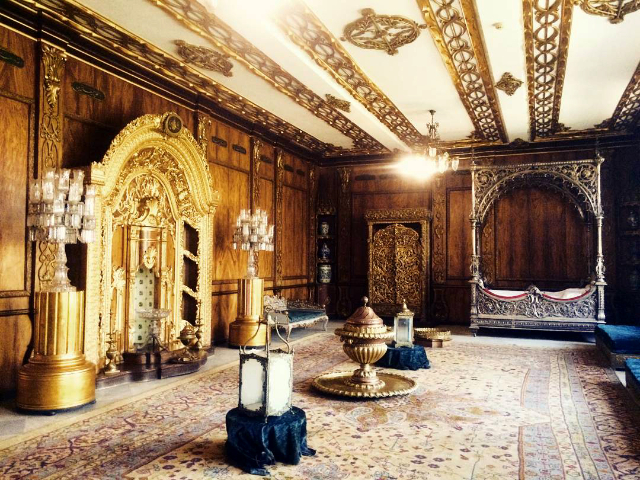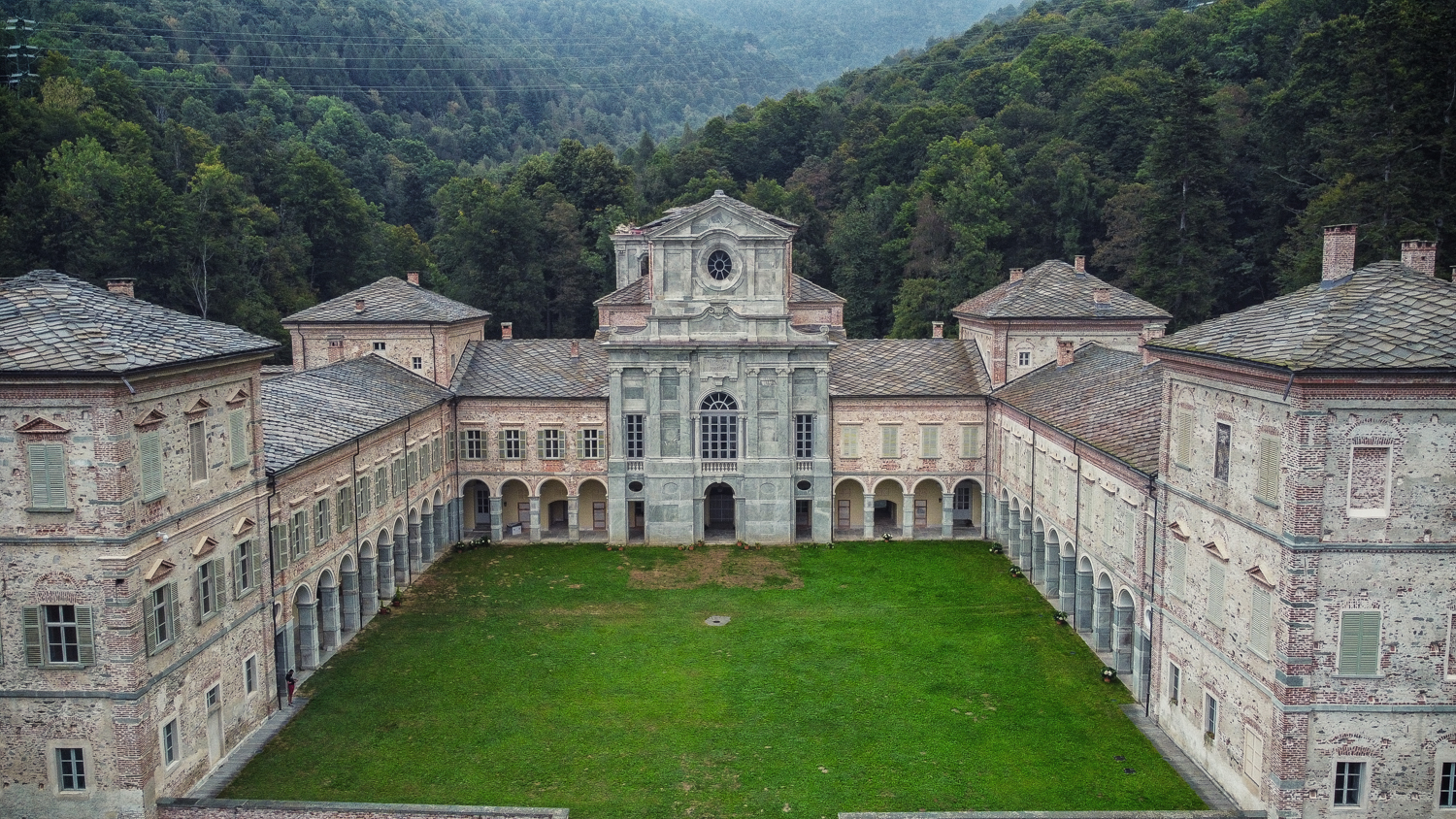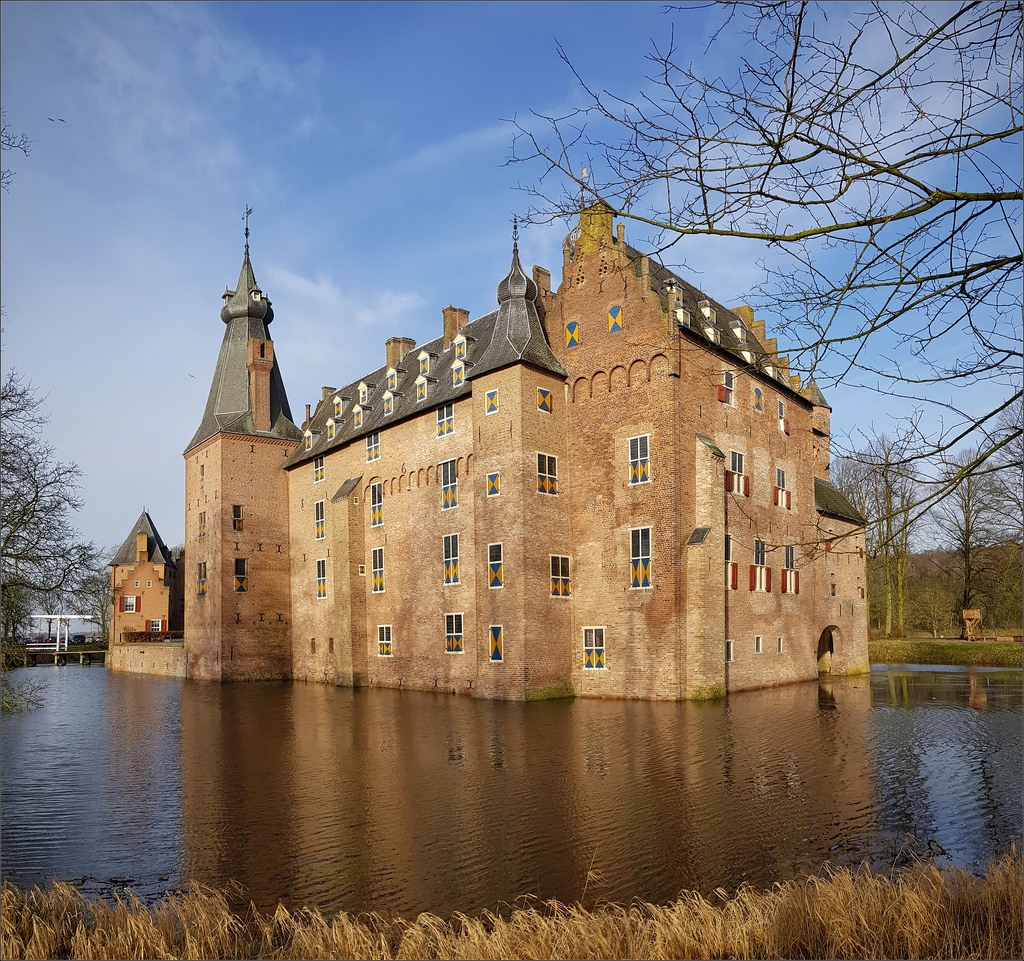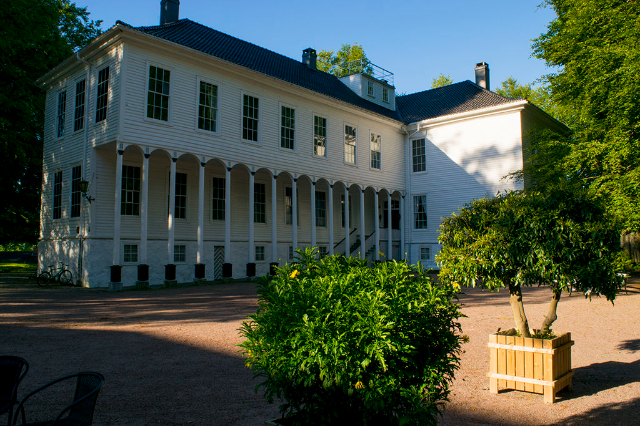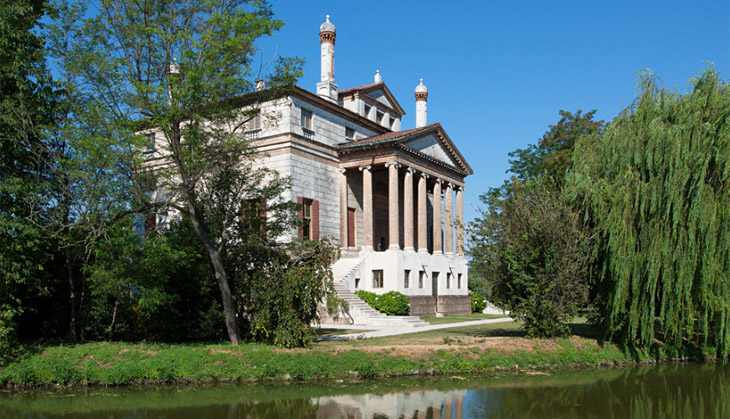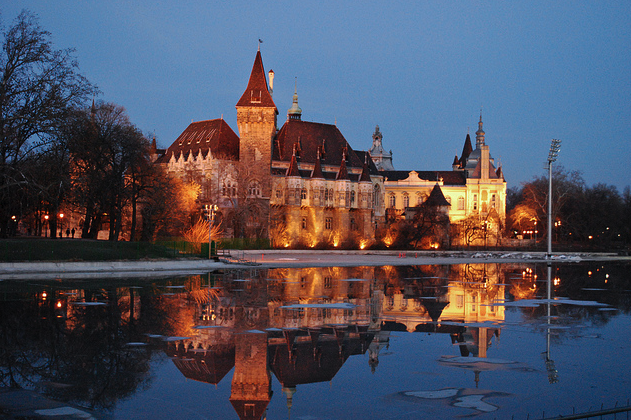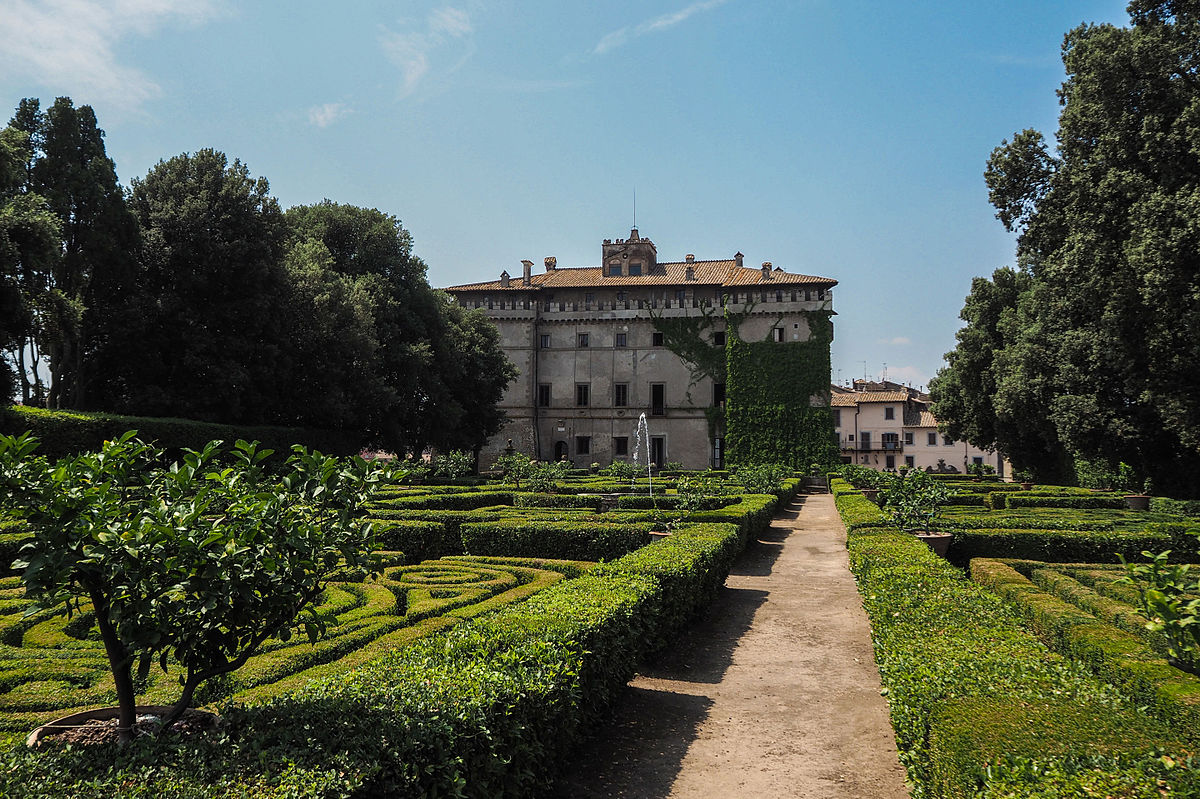Inside the Citadel you can also visit the Harem Palace of Muhammad Ali. The Museum of Prince Muhammad Ali’s Palace in Manial is one of the most beautiful and important historical museum in Egypt. The museum exhibits an important period in the history of modern Egypt and is characterized by its architectural design. Its modern Islamic style merges with Persian and Mamluk elements. It was also inspired by Syrian, Moroccan and Andalusian motifs, as well as Ottoman style. The building thus harmonises between a number of Islamic architectural traditions.
The palace of Prince Muhammad Ali Tawfik was established between 1319- 1348 AH/ 1900-1929 AD and consists of an outer wall that surrounds the entrance to the palace. Inside the walls is the reception area, the clock tower, the Sabil, the mosque, the hunting museum, living quarters, the throne hall, the private museum, and the golden hall, in addition to the wonderful garden surrounding the palace.
The Reception Palace is the first thing you see as you enter the palace. Its grand halls decorated lavishly with tiles, chandeliers, and carved ceilings were designed for receiving prestigious guests, such as famous French composer Camille Saint-Saëns who performed private concerts and composed some of his music at the Palace, including Piano Concerto no. 5 titled “The Egyptian”. The Reception Hall contains rare antiques, including carpets, furniture, and decorated Arab tables. It is said that the Prince had a team tasked with searching for rare artifacts and bringing them to him to display them in his palace and museum.
The palace consists of two floors. The first contains the honor room to receive statesmen and ambassadors, and the reception hall for senior worshipers to sit with the Prince before the Friday prayers every week, and the upper includes two large halls, one of which is designed in the Moroccan style, where its walls were covered with mirrors and faience tiles, while the other hall was designed in the Levantine style, where the walls are covered with wood with colorful geometric and floral motifs with Quranic writings and verses of poetry.
The Residential Palace is equally impressive, and one of the most exquisite pieces there is a bed made out of 850 Kgs of pure silver that belonged to the Prince’s mother. This is the main palace and the first building to be built. It consists of two floors connected by a ladder. The first floor includes the fountain foyer, the haramlik, the mirror room, the blue salon room, the seashell salon room, the Shekma, the dining room, the fireplace room, and the Prince’s office and library. The most interesting room is perhaps the Blue Salon with its leather sofas braced against the walls decorated with blue faience tiles and Orientalist oil paintings.
After that, there is the Throne Palace which is quite stunning to behold. It consists of two floors, the lower is called the Throne Hall, its ceiling is covered with a sun disk with golden rays reaching out to the four corners of the room. The sofa and chairs are covered with velor, and the room is lined with large pictures of some of the rulers of Egypt from the family of Mohamed Ali, as well as with paintings of landscapes from around Egypt. This is where the Prince received his guests on certain occasions, such as holidays. The upper floor consists of two halls for the winter season, and a rare room called the Aubusson Chamber because all its walls are covered with the texture of the French Aubusson. It is dedicated to the collection of Ilhami Pasha, the maternal grandfather of Prince Mohamed Ali.
Another great room is the Golden Hall, named as such because the decorations of all its walls and ceiling are in gold, which was used for official celebrations, despite being devoid of antiques. Perhaps this is explained by the fact that its walls and ceiling are covered with carved gilded floral and geometric motifs. Prince Mohamed Ali actually moved this hall from the house of his grandfather, Ilhami Pasha, who originally built it to receive Sultan Abdul Majid I, who attended to honor Ilhami Pasha on the occasion of his victory against the Russian Empire in the Crimean War.
The mosque attached to the Palace has a rococo-inspired ceiling and a mihrab (niche) decorated with blue ceramic tiles, and to the right, there is a small minbar (pulpit) decorated with gilded ornaments. The ceramic work was created by the Armenian ceramist David Ohannessian, originally from Kutahya. The mosque has two iwans, the eastern iwan ceiling is in the form of small yellow glass domes, while the western iwan is decorated with sunbeam decorations.
A Clock Tower is located within the Palace lies between the Reception Hall and the Mosque. It integrates the styles of Andalusian and Moroccan towers that were used to observe and send messages by fire at night and smoke during the day, and attached to it is a clock placed at the top and its hands are in the form of two snakes. The bottom of the tower features Quranic scriptures just like many other parts of the Palace.
The Palace’s design integrates European Art Nouveau and Rococo with traditional Islamic architectural styles, such as Mamluk, Ottoman, Moroccan, Andalusian, and Persian.
During the royal era, Prince Mohamed Ali held many parties and meetings there for the country’s top pashas and ministers, dignitaries, writers, and journalists. The Prince asked that the Palace be transformed into a museum after his death.
After the 1952 revolution the properties of the descendants of Mohamed Ali Pasha were seized, and the palace was transformed into a museum and the public was finally allowed to see for themselves the grandeur in which the royal families lived.
